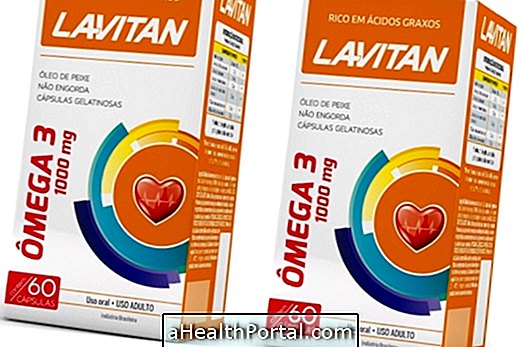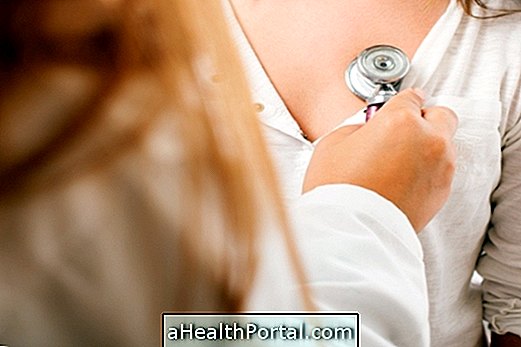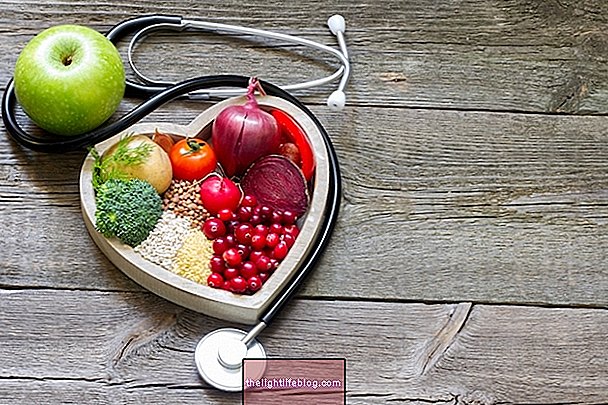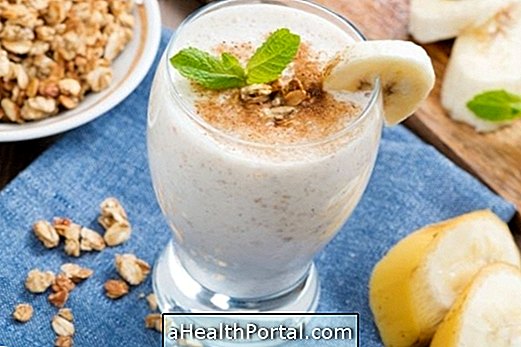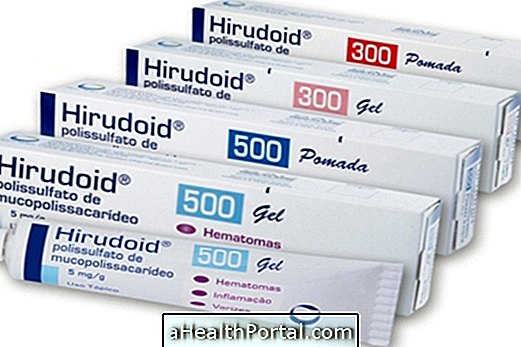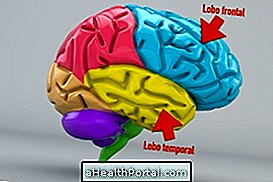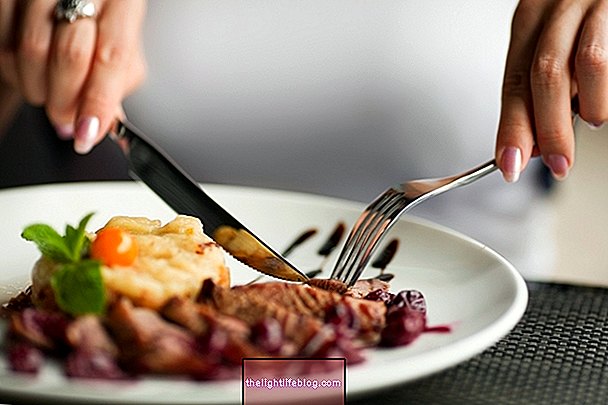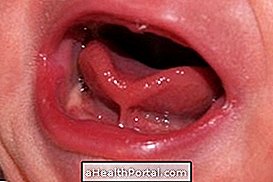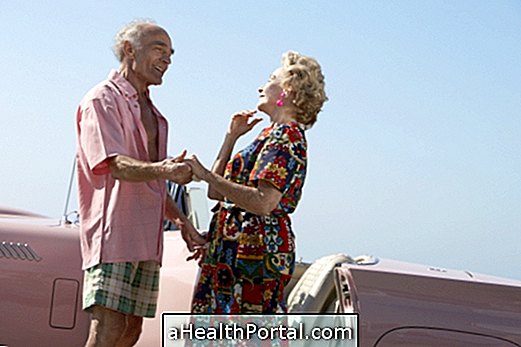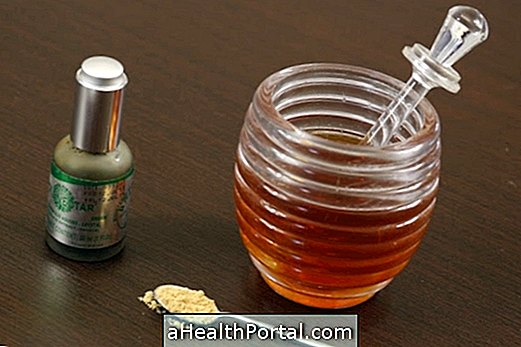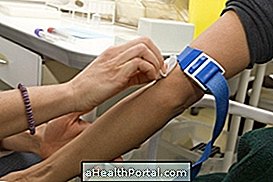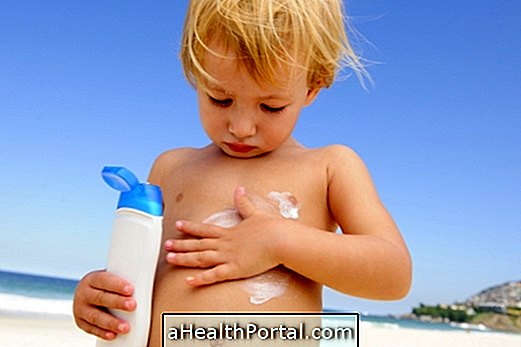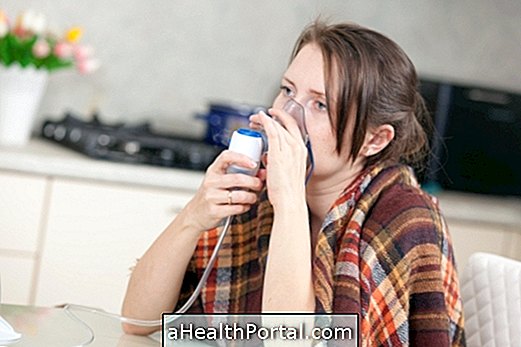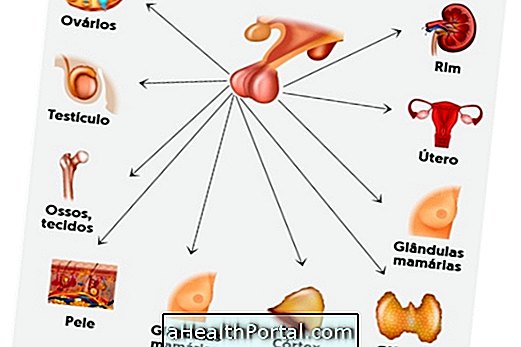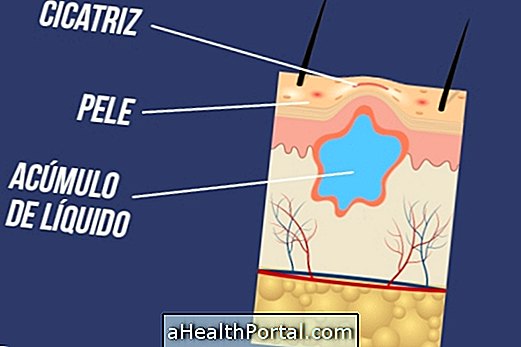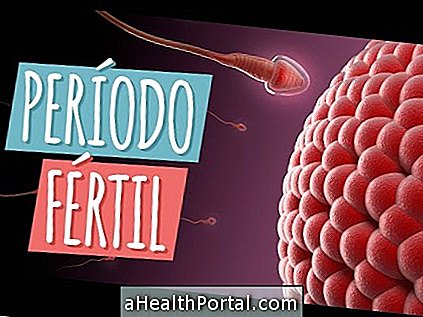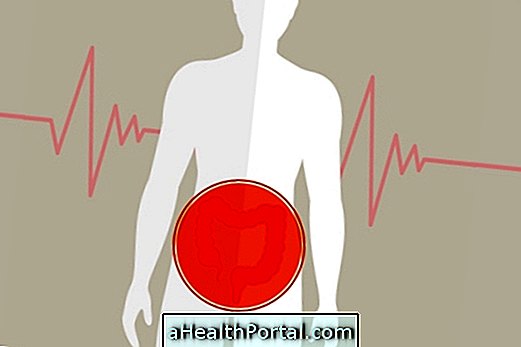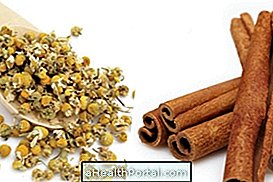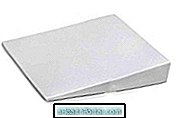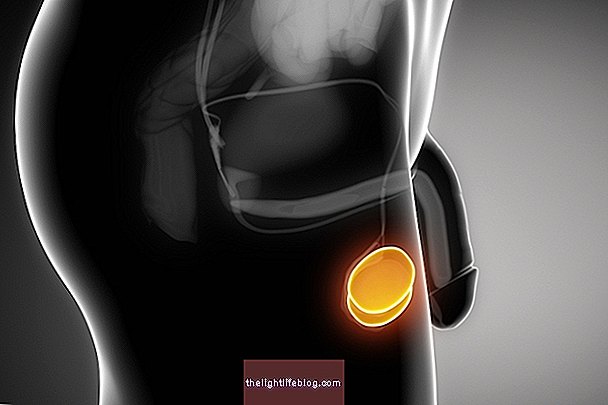The control of LDL cholesterol is essential for the proper functioning of the body, so that the body can produce the hormones correctly and prevent the formation of atherosclerosis plaques in the blood vessels. Therefore, their values should be kept within the appropriate levels, which may be below 130, 100, 70 or 50 mg / dl, varying according to the life habits and history of each person's illnesses.
When LDL cholesterol is high, it increases the risk of cardiovascular diseases, such as angina, heart attack or stroke, for example, so to keep them controlled, it is important to have healthy habits, avoiding smoking, practicing exercise, eating low in fats and sugars, and in some cases with the use of lipid-lowering medicines, if they are indicated by the doctor.
Here's what the cholesterol diet should look like in this video:
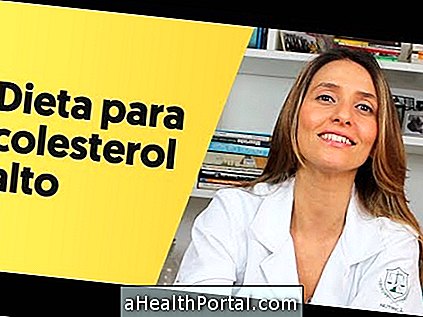
Why LDL Cholesterol Increases
High LDL cholesterol is bad for health because it participates in the formation of atherosclerotic plaques in the vessels of the heart and brain, restricting the passage of blood through these organs, favoring infarction or stroke.
The elevation of LDL can be caused by hereditary factors, sedentary lifestyle, diet and age, being particularly dangerous because it has no symptoms. Its treatment is made with simple changes in diet, regular physical activity and, in some cases, use of cholesterol medicines, such as Simvastatin, Atorvastatin or Rosuvastatin, for example prescribed by your doctor. Here are some examples: Cholesterol-lowering drugs.
Symptoms of High LDL Cholesterol
High cholesterol (LDL) does not present any symptoms, so it is recommended to perform routine laboratory tests of total cholesterol levels and fractions. The recommendation for these tests should be individualized and doctor-directed, and people with associated risk factors, such as hypertension, diabetes, smoking, or who have a family history of high cholesterol, need greater care and should be screened annually .
High LDL cholesterol may be suspected when you are overweight and when you eat unruly, with excess of soft drinks, fried foods, fatty meats and sweets.
Reference values for LDL cholesterol
The reference values for LDL cholesterol are between 50 and 130 mg / dl, which varies according to:
| Recommended LDL (Bad) Cholesterol | For whom |
| <130 mg / dl | People with low cardiovascular risk |
| <100 mg / dl | People with intermediate cardiovascular risk |
| <70 mg / dl | People with high cardiovascular risk |
| <50 mg / dl | People with very high cardiovascular risk |
The cardiovascular risk is calculated by the doctor during the consultation, according to the characteristics of each person, such as age, in addition to the presence of risk factors such as smoking, high blood pressure, diabetes, cholesterol levels, kidney disease, for example. Learn more about the reference values for each type of cholesterol in cholesterol types.
Diet to control LDL cholesterol
To keep LDL cholesterol within optimum values, it is recommended to follow certain dietary rules:


| What to eat | What not to eat or avoid |
| milk and skim yogurt | milk and yogurt |
| white and light cheeses | yellow cheeses such as cheese plate, catupiri and mozzarella |
| grilled or cooked white or red meats | sausages such as mortadella, salami, ham, fatty meats |
| fruits and natural fruit juices | soft drinks and industrialized juices |
| eat vegetables daily and vegetables | fried foods and foods high in trans fat |
Foods like garlic, artichoke, eggplant, carrot and camelin oil are great for controlling LDL cholesterol naturally. Just like foods rich in omega 3's, 6's and 9's. But natural fruit juices are also great allies. Here are some examples and how to prepare: Better juices to control cholesterol.


